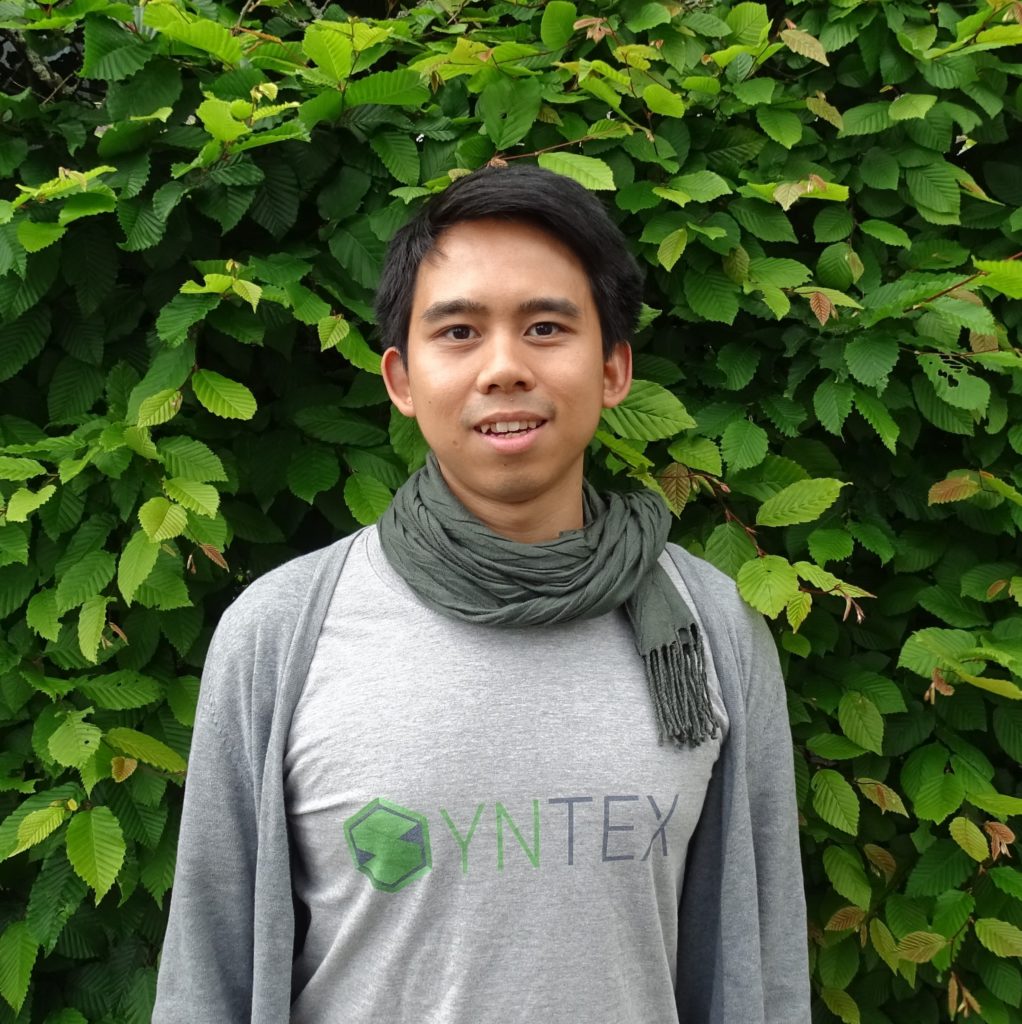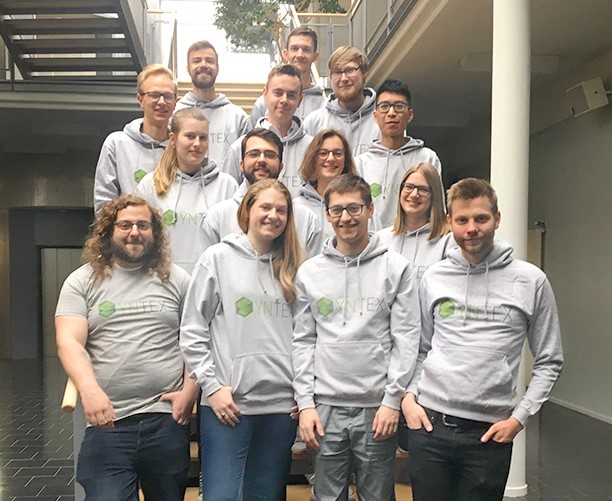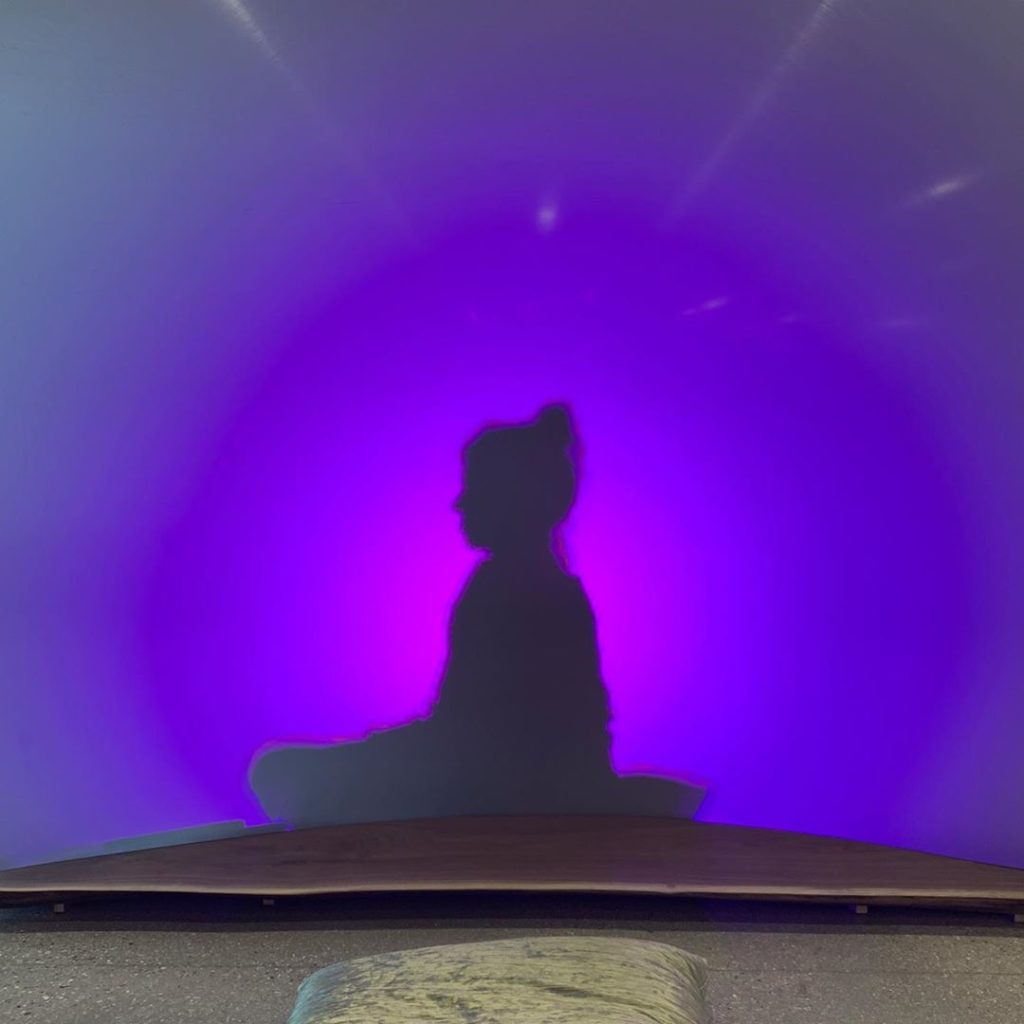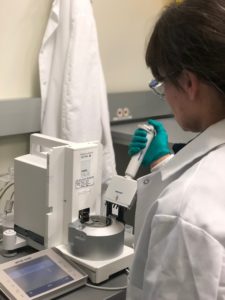Today’s blog brought to you by Julia Nepper, a Promega science writer guest blogging for the BioPharmaceutical Technology Center Institute (BTC Institute)!
“We all benefit from STEM role models. When students from underrepresented populations meet and learn about STEM professionals of color, they can see themselves as the scientists and engineers of the future. Fun, engaging science programming for children is also essential to light the spark for the next generation. A Celebration of Life, the partnership between the BTC Institute and the African American Ethnic Academy, two community nonprofits, has combined these 2 objectives for over twenty years.” according to Barbara Bielec, K-12 Program Director.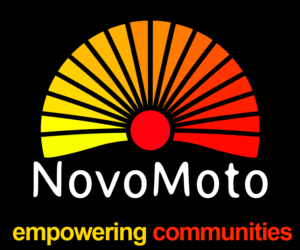
This year, the theme of the program is Sunsational!, with a number of activities related to the sun, solar energy, and STEM careers. As part of the program, students heard talks from several STEM professionals of color about their work. Mehrdad Arjmand, co-founder of solar energy company NovoMoto, was one of those speakers.
Dr. Arjmand was born and raised in Iran. His path to becoming a mechanical engineer began as a child, with him “destroying a lot of equipment” in his house. After completing his undergraduate education, he came to the States to pursue a PhD at the University of Wisconsin-Madison, where he met Aaron Olson, a student who was born in the Democratic Republic of Congo. These two discovered a shared passion for starting a business and helping their communities, which led directly to the founding of NovoMoto. The name derives from Portuguese for “new” (novo) and Lingala—a language spoken in Congo—for “fire” (moto). Continue reading “Empowering Communities with the Light of the Sun”
Like this:
Like Loading...
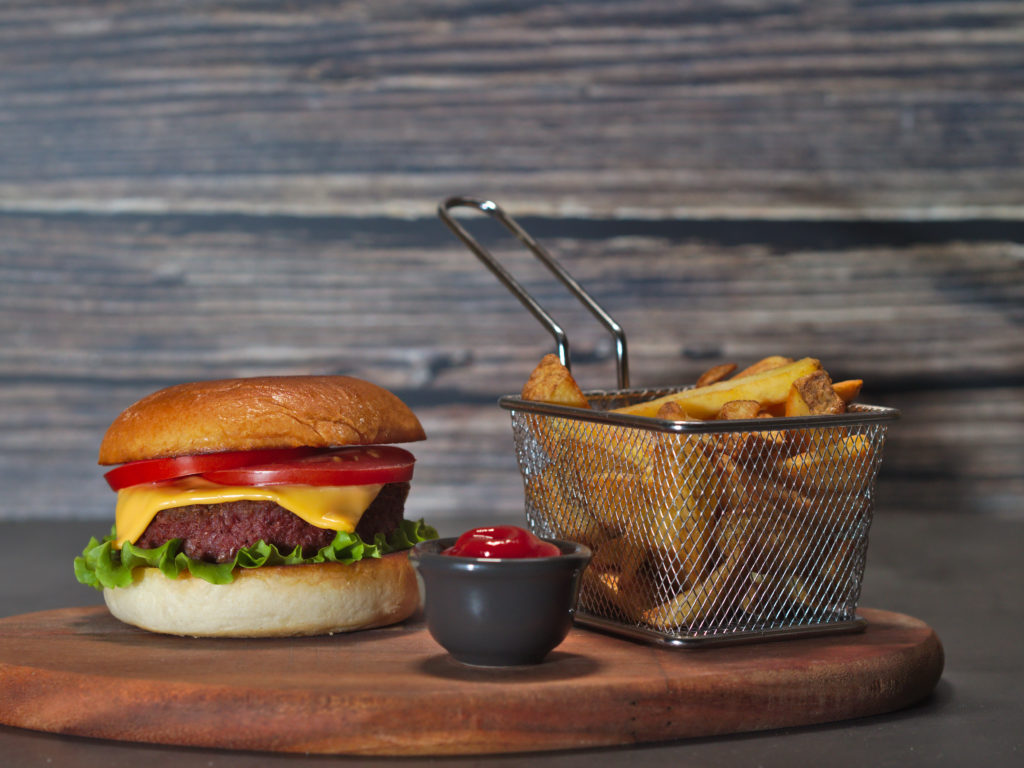
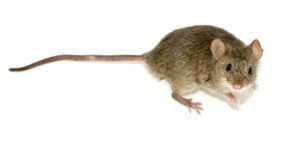
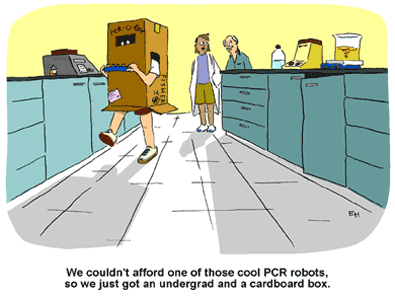
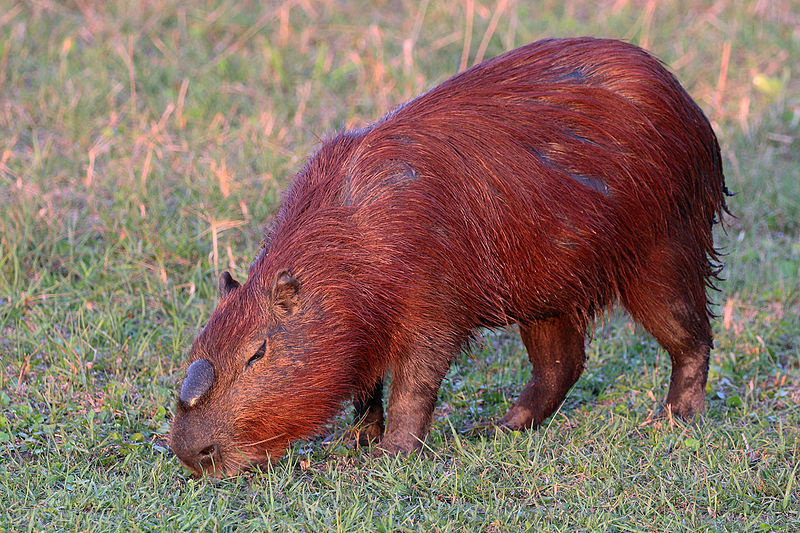
 I used to love taking magazine quizzes to learn more about myself. I thought it would be fun to create a quiz to help you find out what scientific career path may be the best fit for you. Be open-minded while taking the quiz and remember that this is just for fun!
I used to love taking magazine quizzes to learn more about myself. I thought it would be fun to create a quiz to help you find out what scientific career path may be the best fit for you. Be open-minded while taking the quiz and remember that this is just for fun!